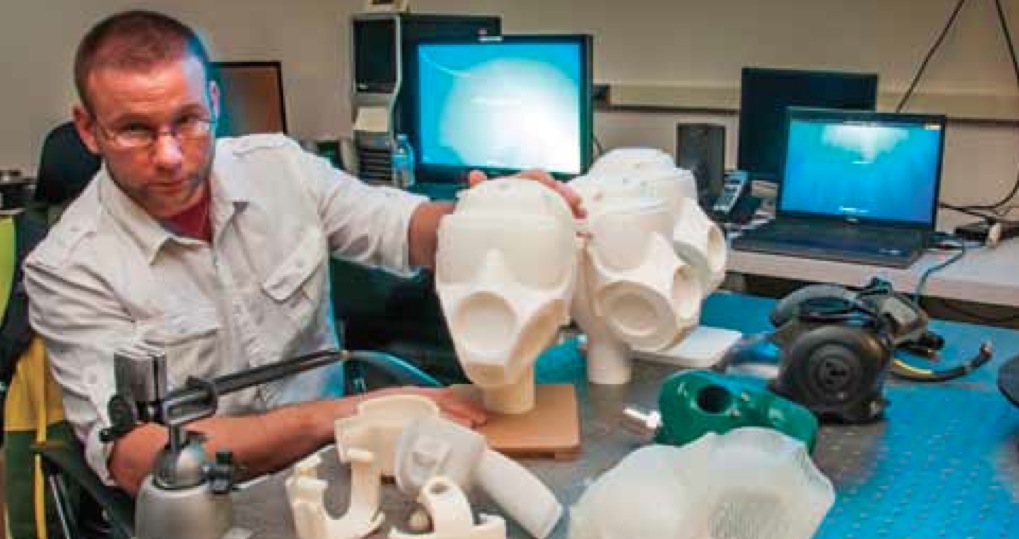
The July/August 2014 issue of Army Technology’s focus is 3D printing. We took a look through the issue to see what they’re up to.
As you might expect, a large operation such as the US Army will have numerous projects involving 3D printing. To a large extent, the activities they’re undertaking parallel the investigations being done by industry: personalized items, enabling new designs, remote operations, etc.
In many cases, Army usage scenarios are somewhat more challenging than typically found in the commercial or consumer worlds. US Army’s 3D printed objects could be required to undergo stresses not seen by other 3D prints, requiring additional strength, less weight and increased resistance to chemicals, heat or cold.
The Army Technology newsletter details a few specific cases. We’re quite certain there must be additional research going on behind the scenes that isn’t being talked about yet, but for now, the US Army is working on these projects.
Logistics. The Army requires literally tons of parts, delivered virtually anywhere, anytime. This creates huge issues in shipping and massive stocking costs. However, if the Army can work out ways to remotely 3D print required items, there could be significant savings in not only cost but time.
Printing Composite Materials. The stresses demanded by the Army’s role require material properties often beyond normal. These can be addressed by 3D printing high-strength, lightweight materials like composites.
Open Manufacturing. They’re developing better workflows using 3D printing that could significantly speed up the use of the technology. They’ve been constructing manufacturing demonstration facilities to show off their work. Hopefully, these techniques could be made public so that all 3D print operations could benefit.
Field Prototyping. Soldiers in far-away fields often have new ideas to solve problems due to their proximity to the situation. Until now they haven’t had a way to exercise those ideas, but when supplied with rapid prototyping equipment in the field, they can.
Bioprinting. The Army is working on ways to 3D print bio-material for treatment of injured soldiers. This could begin with simple tissue, such as skin, but may lead to more complex body parts.
Equipment Prototyping. Like many commercial enterprises, the Army uses 3D printing to rapidly prototype new versions of equipment, like medical equipment, uniforms and various hardware.
Food Rations. They’re examining ways of 3D printing food – either from Army-supplied material or specific items that can be foraged in the local area. Again, this could a very important technology for non-military uses.
Garments. You might think you could prototype a helmet, but the Army is prototyping whole garments using 3D printing. They’re experimenting with ideas such as eliminating seams, which apparently are a discomfort in long-running field operations. Another benefit sought is to lower the weight of soldier’s garments.
Visual Aids. Just as architects may render a 3D model of a proposed building to examine its properties, so does the Army produce 3D models of operational sites, equipment and concepts. Being able to visually and tactilely examine them can provide huge benefits.
There’s a lot more detail at the link below.
Via US Army (PDF)

